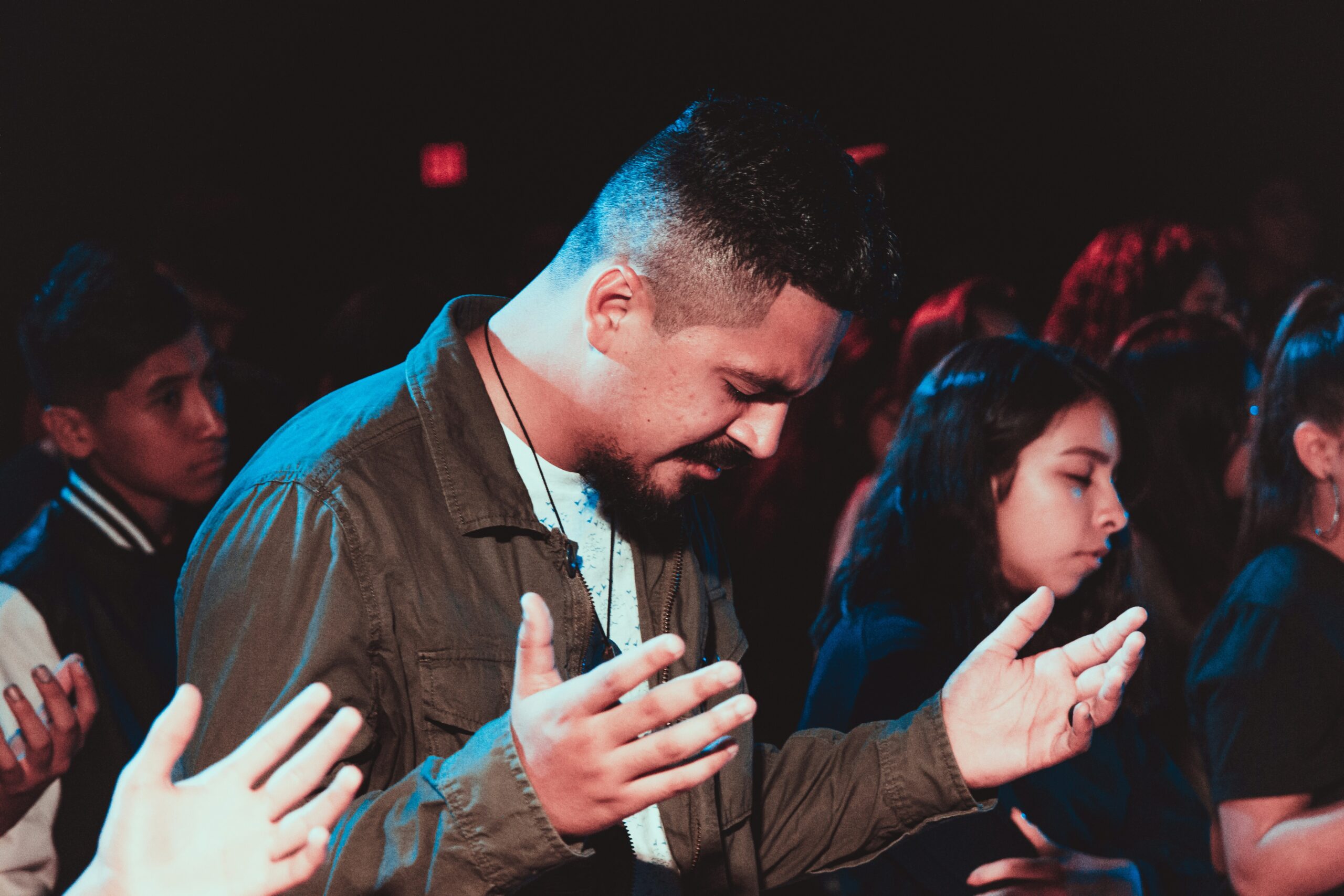Today we continue our exploration on the book of Acts and how we can glean out lessons from the early church. Last week we talked about how the apostles teachings inspired a people that were willing to share everything they had for the growth of the community. We saw that this was possible because the Apostles passed down the teachings of Jesus. An example of such is the instruction we see in Acts 20:35 – I have shown you in every way, by laboring like this, that you must support the weak. And remember the words of the Lord Jesus, that He said, ‘It is more blessed to give than to receive.’ This was how the early church became a generous community by remembering the words of Jesus through the Apostles teachings. Today we look at how the Apostles teachings created a community of prayers and how this built a resilient people in the face of opposition.
The early church was one that was built on the foundation of prayer as seen in Acts 2:42. The popular miracle of the man healed at the Beautiful Gate was as a result of Peter and John heading to the temple to pray during the hour of prayer. This was a practice that was embedded deep into the church community. The apostolic teachings served as the compass, directing the believers towards a continuous and fervent connection with God. This dynamic relationship between apostolic teaching and prayer became the cornerstone of the early church’s strength and unity.
A couple of lessons can be learnt and applied to our contemporary congregations from the early church’s approach to prayer. Here are a few.
1. Praying Before Choosing Leaders: A Model for Decision-Making (Acts 1:24; Acts 6:6)
Acts 1:24 showcases the apostles seeking divine guidance in choosing Judas’ replacement, setting a precedent for invoking God’s wisdom in leadership decisions. Acts 6:6 reveals a similar pattern as leaders were chosen for the practical needs of the growing community.
2. Prayer for Boldness After Persecution: A Catalyst for Growth (Acts 4:31; Acts 12:12)
In the face of adversity, prayer is a powerful transformative force. Acts 4:31 portrays the early believers praying for boldness after persecution, resulting in remarkable growth. Acts 12:12 showcases the community praying fervently for Peter’s release from prison, witnessing the miraculous and experiencing continued expansion.
3. Praying Before Missions and Church Planting: Commissioning Paul and Barnabas (Acts 13:1-3; Acts 14:23)
Prayer remains crucial in establishing mission endeavors and church planting. Acts 13:1-3 showcases prayer preceding the setting aside of the first missions/church planting team—Paul and Barnabas. Acts 14:23 reveals a consistent pattern of praying before appointing new leaders in newly established churches.
5. Prayer in Unexpected Places: Acts 16:25 in Prison, Leading to Household Conversions
Acts 16:25 portrays Paul and Silas praying in prison, resulting in the conversion of the jailer’s household—a testament to the transformative power of prayer even in the midst of challenges and unexpected places.
6. Departing in Prayer: Acts 20:36 and Acts 21:5
Acts 20:36 illustrates Paul praying when departing from a church he had planted, leaving them “on their own.” Acts 21:5 shows the community praying when commending Paul to a dangerous situation, emphasizing the reliance on prayer during transitions and challenges.
7. Prayer in Worship and Ministry Planning: Acts 22:17
Acts 22:17 depicts Paul praying in worship and receiving divine guidance, emphasizing the integral role of prayer in seeking direction for ministry endeavors.
8. Prayer for Signs and Wonders: Acts 28:8
Acts 28:8 showcases the believers praying for such manifestations, emphasizing the continued reliance on prayer for God’s miraculous intervention. Miracles were not just an act the Apostles performed of their own will but they always sought out God because He is the key ingredient in the equation.
In the exploration of the early church and its powerful emphasis on prayer, we have uncovered valuable lessons that can be applied to our contemporary congregations. From seeking divine guidance in choosing leaders to praying for boldness in the face of persecution, the early church showcased the transformative power of prayer in all their community and ministry.
Prayer served as the cornerstone of their strength and unity, enabling them to navigate challenges, establish new missions, and experience remarkable growth. It was through prayer that they sought God’s direction, received divine guidance, and witnessed the miraculous.
As we reflect on the example set by the early church, we are encouraged to adopt their principles of prayer in our own lives and communities. By prioritizing prayer in decision-making, relying on prayer during times of adversity, seeking God’s guidance in mission endeavors, and embracing prayer as an integral part of worship and ministry planning, we can tap into the same transformative power that energized the early church.
Let us be inspired by the early church’s unwavering commitment to prayer and its profound impact on their lives and ministry. May we cultivate a dynamic relationship with God through prayer, knowing that it is through this connection that we can experience His guidance, provision, and the miraculous in our own journey of faith.
Together, let us carry forward the legacy of the early church, drawing strength from their example, and building resilient and faithful communities through the power of prayer.
